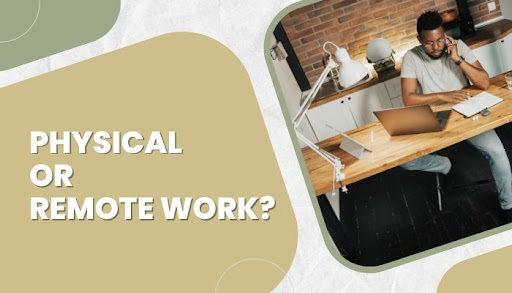The Future of the Physical Office in a Remote Work Era
The rapid rise of remote work and the advancements in technology have sparked discussions about the future of the physical office. This article explores the evolving landscape of office spaces and discusses the potential implications of remote work on the physical workplace.
The rapid rise of remote work and the advancements in technology have sparked discussions about the future of the physical office. This article explores the evolving landscape of office spaces and discusses the potential implications of remote work on the physical workplace. It delves into topics such as hybrid work models, reimagined office spaces, technology integration, employee well-being, and collaboration spaces, flexibility, and sustainability. By examining these aspects, organizations can gain insights into how to adapt their physical offices to meet the changing needs and preferences of the workforce in a remote work era. Embracing these changes will be crucial for maintaining productivity, fostering collaboration, and creating an optimal work environment that supports employee satisfaction and well-being.

I. Hybrid Work Models: Embracing the Best of Both Worlds
Hybrid work models combine remote work and in-person office presence, offering flexibility and increased work-life balance. We delve into the benefits and challenges of this approach, discussing strategies for successfully implementing hybrid work models and optimizing productivity in a blended work environment.
II. Reimagined Office Spaces: Rethinking the Traditional Workplace
The physical office space needs to adapt to the changing needs of employees. We explore the concept of activity-based workspaces, where employees can choose their work environment based on the task at hand. We discuss the importance of collaborative areas, meeting spaces, and amenities that foster social interaction, creativity, and employee well-being.
III. Technology Integration: Powering the Future Office
Technology plays a pivotal role in shaping the future of physical offices. We examine the integration of smart office systems, Internet of Things (IoT) devices, and artificial intelligence to create efficient and personalized workspaces. We discuss workplace analytics, sensor-based technologies, and automation that optimize office layouts, temperature control, lighting, and overall energy efficiency.
IV. Employee Well-being and Collaboration Areas: Designing for Productivity and Happiness
Employee well-being is paramount in the future office. We explore the incorporation of wellness features such as fitness centers, meditation rooms, natural lighting, and ergonomic furniture. Additionally, we discuss the importance of collaboration spaces and designated project rooms that encourage face-to-face interactions, teamwork, and creative thinking.
V. Flexibility and Adaptability: Navigating the Changing Work Landscape
The physical office must be flexible and adaptable to accommodate evolving work dynamics. We explore the concept of agile workspaces, where furniture, partitions, and layouts can be easily reconfigured. We discuss the benefits of accommodating varying team sizes and project requirements, fostering collaboration, and optimizing space utilization.
VI. Sustainability Initiatives: Greening the Office for a Better Future
Sustainability and environmental responsibility are crucial considerations in the future office. We discuss the integration of renewable energy sources, energy-efficient systems, recycling programs, and eco-friendly materials. We explore how organizations can promote sustainability practices among employees and align their values with environmental conservation.
